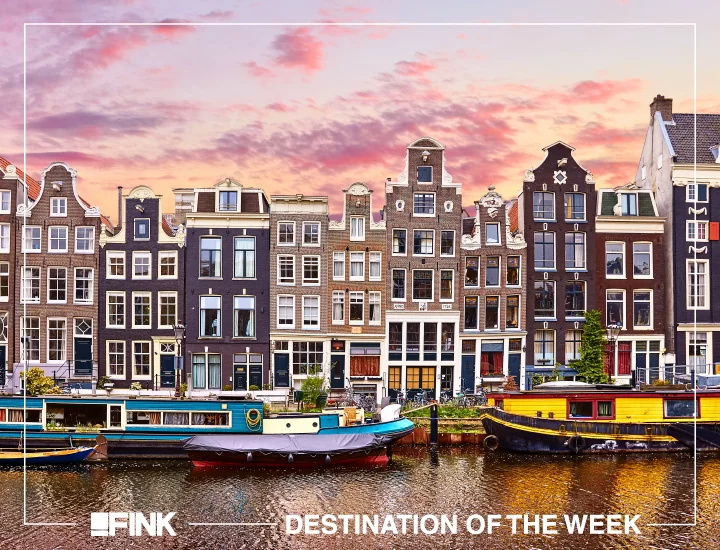
Amsterdam is one of Europe’s most charming cities, and various reasons justify this affirmation. The Dutch metropolis holds in its museums important parts of the history of the modern world, of western art and culture. Furthermore, it’s a city full of cultural programs that are highly relevant in the European circuit.
In a historical context, Amsterdam is recorded as a pioneer pole of globalization. Since the 14th century, the city is already seen as a commercial center in northern Europe. This was the time when the great medieval fairs also appeared in other places, such as Paris, and the kingdoms of Genova and Venice, all of them interconnected and itinerant, which gave rise to the need for greater commercial structuring.
Later, the commercial class that rises economically through these dynamics will create the conditions for the appearance of the modern world, bringing forth institutions such as representative democracy, economic stability, and the free market.
In this historical scene, Amsterdam begins to figure as a protagonist in world commerce. The major part of the economic efforts that create the expeditions for spices come from the East India Company, created in 1602, which would influence the colonizing process all over the world, including Brazil. All of this can be seen in some museums in the Dutch capital, such as the History Museum of Amsterdam, which holds a vast material.
It’s evident that scenarios such as this also bring a great rise in art. Since the Renaissance, the region of the Netherlands is also renowned as a great artistic scene. Since the 16th century, Dutch painters became outstanding, depicting from mundane subjects to the great narratives of Greek mythology, of Christianity, and others.
The greatest name of that era is from the 17th century: Rembrandt is one of the most venerated painters of his time, especially due to his great technique. He depicted from the crucifixion of Christ to an anatomy lesson, in his classic work “The Anatomy Lesson of Dr. Tulp”. This shows the great appreciation of sciences in his time, especially in a cosmopolitan ambiance such as Amsterdam. Some of his works can be seen in the Rembrandt Museum in Amsterdam.
Later, in the context of the 19th century, Dutch art reemerges strongly in post-impressionism. Marked by an industrial society whose time was already envisioned differently by the population, and with the creation of photography as a means of “capturing reality”, this movement proposed the liberation of art from a descriptive goal – therefore opening it to other analyses of modern life.
In that sense, Van Gogh is the moment’s greatest mark. His paintings show this esthetic freedom, as well as a reflection on calmer and more bucolic times and places. They are also marked by the contradictions of a disturbed artist who, nonetheless, produced a work of genius for his time.
In Amsterdam, several museums hold works from this period. However, the Van Gogh Museum is the most complete: it holds the world’s greatest collection of the painter’s work. For all art lovers, it is an unmissable visit.
Finally, Amsterdam owns a very rich archive that tells about the history of the modern world. It’s a city that should be enjoyed by anyone interested in knowing about what formed the world we live in. Therefore, this historical tour is unmissable on a trip to Europe, especially to the Dutch capital.











